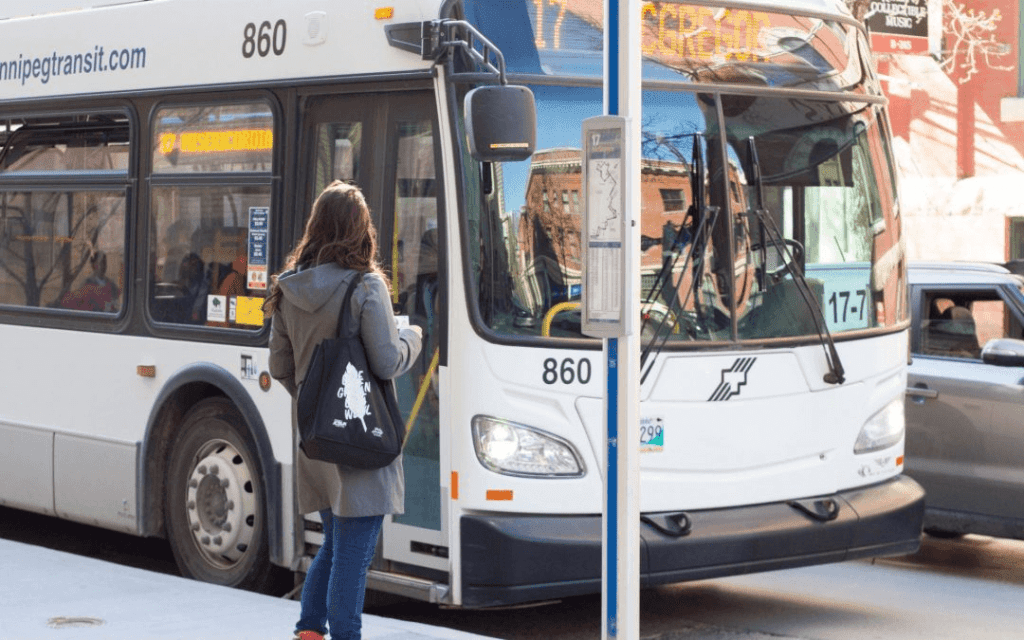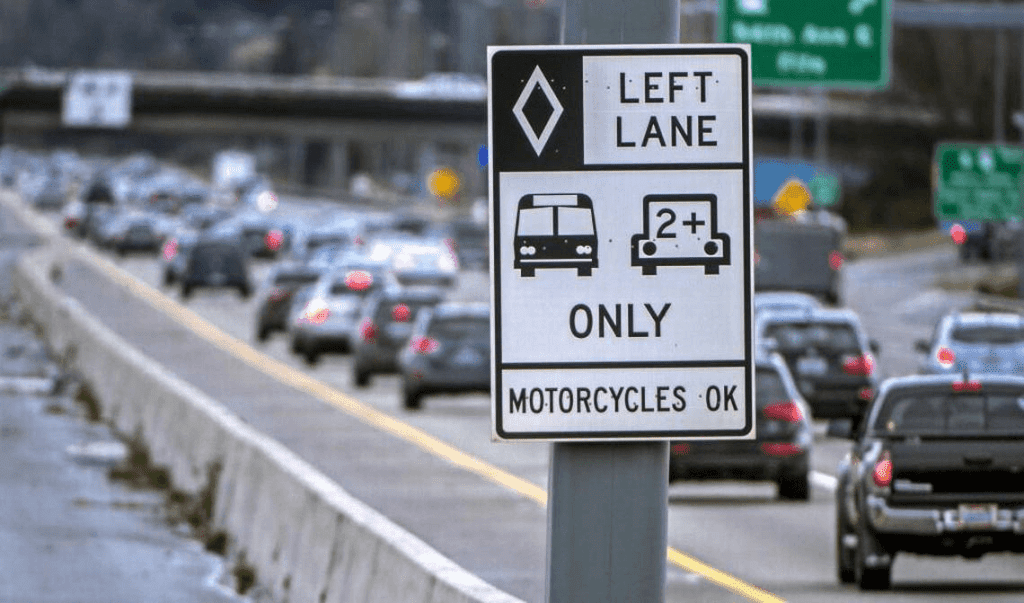Saving Money on Gas: 10 Tips to Save at the Pump

When you’re saving money on gas, it’s important to take the long view.
Even if you save just one or two dollars every time you fill up your tank, those savings will add up over time, and you could end up spending less than you otherwise would on gas for the rest of the year.
Follow these ten tips to save money on gas and make sure that money goes as far as possible.
1) Adjust your air pressure
Checking your tire pressure and adjusting it as needed can help you save money on gas.
Overinflated tires can waste up to 3% of fuel.
Properly inflated tires not only improve your car’s fuel efficiency but also make your ride smoother, resulting in less wear and tear.
Every little bit helps!

2) Consider your driving habits
If you drive a lot, you can save gas (and money) by shifting your driving habits slightly.
For example, avoid idling while waiting for a red light or stuck in traffic and take shorter routes whenever possible.
These tips won’t eliminate all of your trips to the pump, but they can add up. When it comes to saving money on gas, every little bit helps!

3) Drive less
The easiest way to save money on gas is by driving less.
The more you drive, the more you spend.
If your commute takes 45 minutes in rush hour and 90 minutes total, that’s a lot of hours a week that you could be saving by carpooling or taking public transportation instead of driving yourself.
Many employers offer incentives like gift cards or cash bonuses for drivers; if yours doesn’t, see if you can organize a carpool with co-workers who are going your way.
You’ll get some fresh air and save lots of money!

4) Buy a hybrid car and start saving on gas
If you want to save money on gas, consider buying a hybrid or an electric car instead of a traditional gas-powered vehicle.
Hybrid and electric cars can be more expensive upfront, but you’ll recoup those costs over time with fuel savings that can add up to hundreds of dollars per year.
You may also be eligible for government tax credits and other financial incentives if you choose one of these green vehicles instead of a standard model.

5) Use public transportation
One of the most obvious ways to save money on gas is to ditch your car in favor of public transportation.
You can certainly bike and carpool around town, but public transportation is still an affordable, safe and reliable way to get to most destinations in towns and cities across the country.
Reduce your fuel needs by taking buses, trains, trams, and subways to go out and shop every week.
Not driving may seem inconvenient at first, but the money you save can change your attitude toward public transportation.

6) Take advantage of the HOV lane to start saving money on gas
In a time of gas crisis, driving with another person in your car can help you save money on gas, but not if you’re driving in an HOV lane.
Unfortunately, many carpoolers mistakenly drive in high-occupancy vehicle (HOV) lanes that are intended only for cars carrying more than one person.
There’s nothing wrong with saving some money, but try to follow all rules and stay safe.
Using an HOV lane when you shouldn’t is against the law and will get you a hefty fine.

7) Keep your windows up on the highway
If you are driving with your windows down, you’re going to use more gas than if they were up.
It might not seem like a big deal—you’ll just end up stopping for fuel more often.
But when you take into account how much it costs to fill up (at today’s prices), that can really add up over time.
Saving money on gas doesn’t have to be difficult; all it takes is some attention and some careful driving habits.
When you’re on the highway, using the AC is your best bet for cooling.

8) Remove excess weight from your car
Removing excess weight in a vehicle is important because it reduces rolling resistance, thereby reducing energy wasted while moving an object forward.
This wasted energy turns into heat that increases fuel consumption and gas mileage—not good if you’re trying to save money!
When removing weight from a vehicle, it’s important not only to remove heavy objects but also non-essential objects.
Avoid hauling bulky items on the roof as well. You’ll increase your vehicle’s aerodynamics and help keep your car as fuel-efficient as possible.

9) Maintain a steady speed
Speeding up when other drivers slow down and slowing down when they speed up will just eat away at your gas mileage.
Driving faster than 65 mph is a big no-no as well since it doesn’t only consume more gas but also increases wear and tear on your car.
If you consistently accelerate and decelerate, it will increase your fuel consumption by more than a tenth.
So try to maintain a steady speed when you’re driving.

10) Compare gas prices on the road ahead
It’s a good idea to compare gas prices on the road ahead.
If you have your smartphone handy, it can be an easy way to get the cheapest prices available before filling up.
Many apps will even plot out directions for you and tell you how much fuel each gas station offers in your current location.
Some services like Google Maps and Waze are also adding local gas price information directly into their navigation services, so be sure to look for that feature when driving around town.
And remember that price per gallon isn’t the only factor—some of the best bargains will depend on the type of fuel your car uses.
If there are cheaper stations offering the alternative you need, be sure they save you money!

Why are gas prices rising?
A lot of what you pay for a gallon of gas is taxes.
These taxes are not fixed, and they vary from state to state.
Gas prices can be affected by OPEC (Organization of Petroleum Exporting Countries) decisions that are based on consumer demand worldwide.
They’re also subject to fluctuations in oil prices, which tend to rise with inflation and other market trends.
Due to rising commodity costs and geopolitical uncertainty, gas prices are likely going nowhere but up.
In other words, you can save money today by using these tips for saving at the pump today – and every day for years to come!






